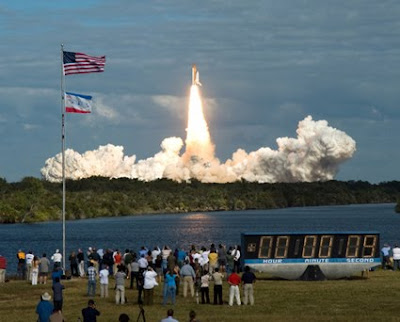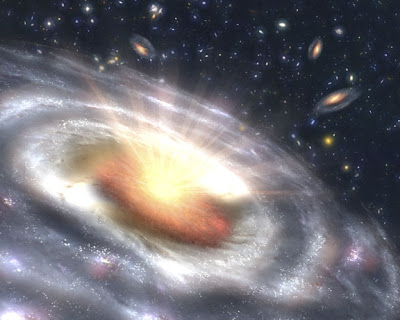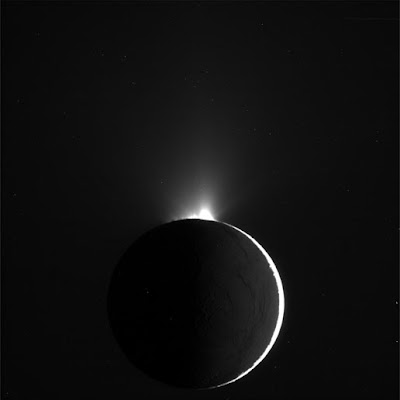After coordinating with Russian flight controllers, International Space Station Flight Director Kwatsi Alibaruho decided Friday night that a Debris Avoidance Maneuver would not be required on Saturday to steer the complex clear of a remnant of a Delta rocket that launched the Stardust mission in February 1999. The rocket body had been moving toward the vicinity of the orbital outpost over the past few days based on tracking by NASA Flight Dynamics and ballistics officers.
Flight controllers are now keeping an eye on a second debris source, the remnant of an old Hitchhiker science payload, which tracking picked up on Friday afternoon. This piece of space junk is currently forecast to come within an overall miss distance of about 14 kilometers, or 8.6 miles, around 9:05 a.m. EST on Monday. It is not currently considered enough of a threat to require an avoidance maneuver. If further tracking Saturday shows a greater concern, planning for a maneuver will begin in earnest.
Expedition Commander Jeff Williams and Flight Engineer Max Suraev will remain on the station after Romanenko, De Winne and Thirsk depart, comprising the new Expedition 22 crew as a two-man contingent for three weeks until the arrival Dec. 23 of Russian cosmonaut Oleg Kotov, NASA's T.J. Creamer, and Soichi Noguchi of the Japan Aerospace Exploration Agency, who will launch to the station Dec. 21 on the Soyuz TMA-17 craft.














